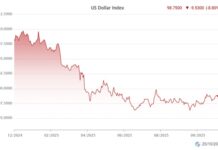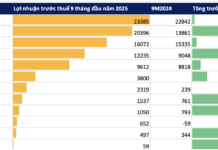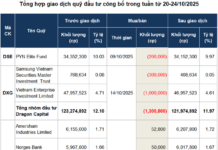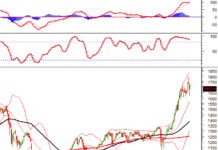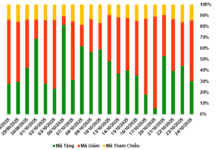Talking to Tien Phong , Mr. Dang Phuc Nguyen – General Secretary of the Vietnam Fruit and Vegetable Association – said that after setting a record last year, in the first four months of this year, vegetable and fruit exports of our country continued to increase by impressive , reaching more than 1.8 billion USD, an increase of 32.1% over the same period last year.
According to Mr. Nguyen, vegetable and fruit exports continued to boom thanks to the durian item (accounting for more than 40% of the industry’s total turnover) still holding a high price. Last year, Vietnam was able to grow off-season durian but the output was not much, but this year farmers in the Mekong Delta (DBSCL) have more experience in production, thanks to which the off-season durian output increased by 30-40%.
In particular, China is continuing to increase its purchase of Vietnamese vegetables and fruits with exports in the first quarter of the year to this market estimated at nearly 760 million USD, up 32.4%.
“The Red Sea crisis has caused goods from South American, Middle Eastern, and European countries that want to export to China to have to go around South Africa, driving up transportation costs and increasing time by 15-20 days, creating conditions for agricultural products of Vietnam has the opportunity to increase market share in the world’s largest vegetable and fruit consumption market,” Mr. Nguyen said.
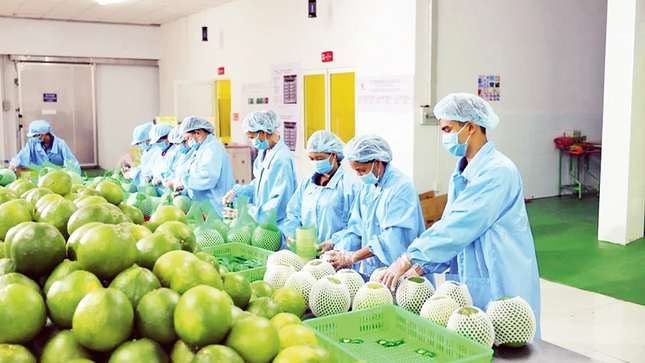
Vietnam’s vegetable and fruit exports in the first few months of the year continue to increase sharply.
A representative of Hoang Phat Fruit Co., Ltd. said that in the past, the Japanese and Korean markets were the main export markets for the business. However, recently, China has been leading the company’s revenue, with hundreds of tons of bananas, jackfruits, dragon fruits, and durians sold each year. Many Vietnamese businesses that previously only did business with partners in Europe, the US… are starting to return to the Chinese market when opportunities in this market are opening up.
Not only the Chinese market, but exports of agricultural, forestry, and fishery products to the US market in the first few months of the year have skyrocketed.
According to data from the General Department of Customs, wood and wood products exports to the US market in the first quarter of this year reached 1.9 billion USD (up 46% over the same period last year), seafood reached 323.2 million USD (up 15%), vegetables and fruits reached 67 million USD (up 34%), cashew nuts reached 208 million USD (up 22.3%), coffee reached 119 million USD (up 38.3%)…
Mr. Nguyen Hoai Bao – Vice Chairman of the Ho Chi Minh City Handicraft and Wood Processing Association (HAWA) – said that the situation of wood and wood product exports in the first four months of the year has showed positive signs thanks to the demand recovering from the main markets.
According to Mr. Bao, after a period of stagnation due to the impact of inflation, the importers in major markets, typically in the US, have now used up their inventory, so they have increased the import of new orders, creating conditions for the wood and forestry industry to have a strong recovery.

The recovery of the major markets has helped wood and forest exports reach more than USD 5 billion in four months.
According to statistics that the Ministry of Agriculture and Rural Development (MARD) has just announced, in April, Vietnam’s agricultural, forestry, and fishery exports are estimated to reach 4 reach 5.14 billion USD, an increase of 19.7% over the same period last year. In the first four months, agricultural, forestry, and fishery exports reached 19.06 billion USD, an increase of 23.7%.
Notably, the US has returned to being the largest import market for agricultural, forestry, and fishery products of Vietnam. Exports of these items to the US market in the four months increased by 25.7% (accounting for 20.1% market share), China increased by more than 15% (accounting for 18.9% market share); Japan increased by 9.6% (accounting for 6.9% market share).
Last year, the US market only accounted for 20.7% of the total export turnover of agricultural, forestry, and fishery products of Vietnam, while China accounted for more than 23%.
MARD said that in order to continue to maintain the good export growth momentum, it will continue to handle market issues in order to create favorable conditions for exporting agricultural products , fishery products, especially to the markets of China, USA, Japan, Europe; at the same time, open new markets that still have a lot of potential such as: Halal, the Middle East, Africa…








